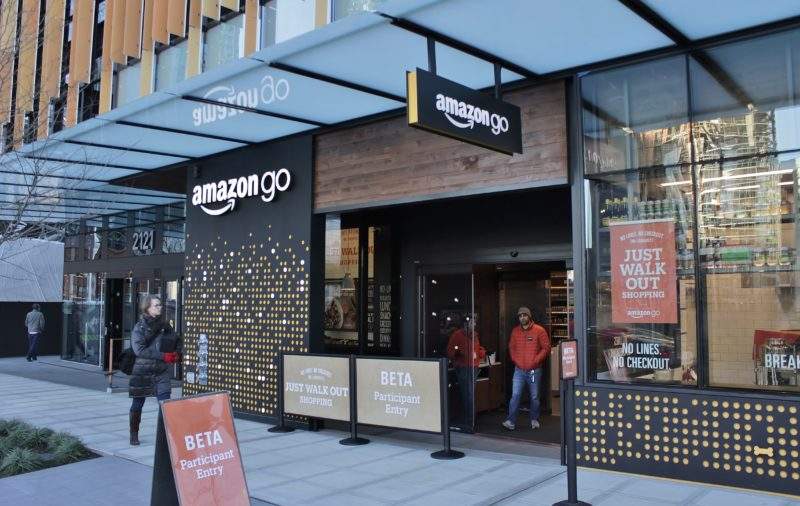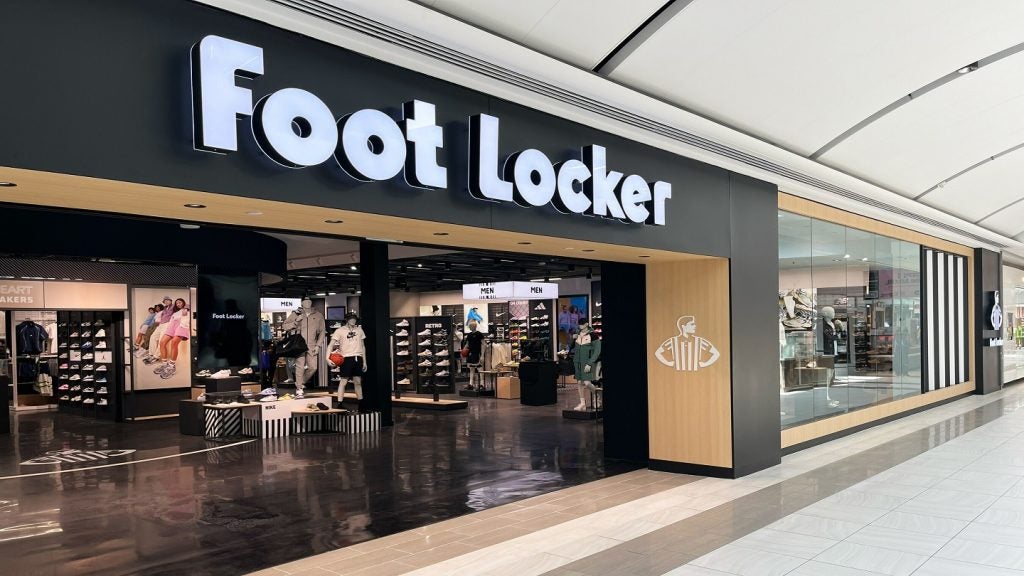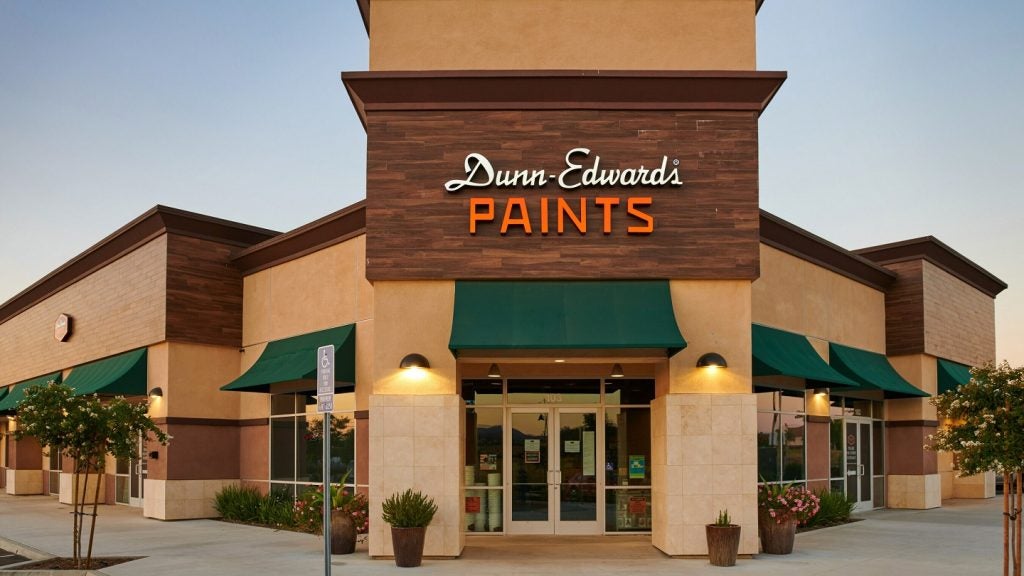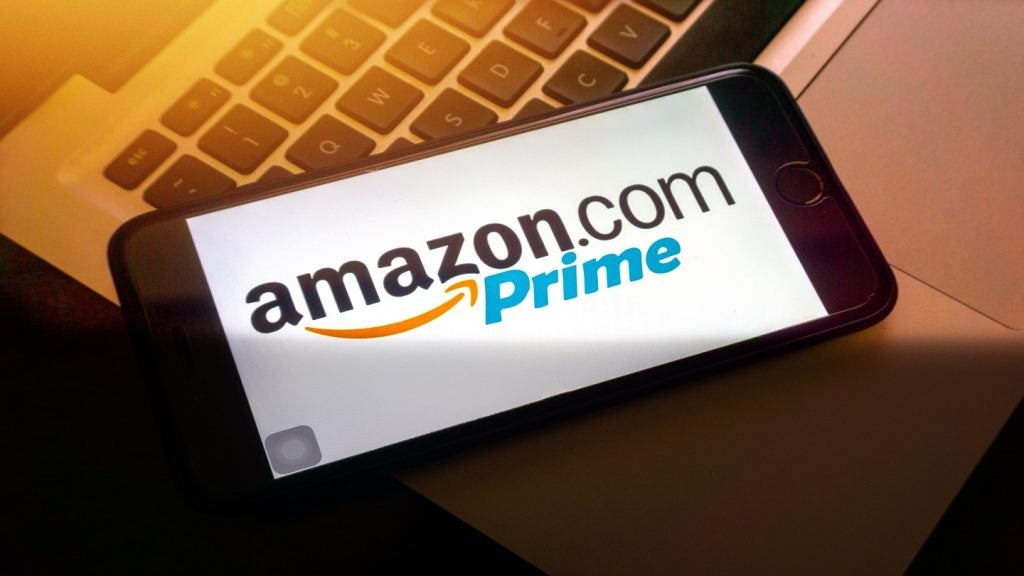
Amazon Go, the tech giant’s first checkout-free store in Seattle, has opened its doors this week after running in test mode for over 10 months. As consumers flock to marvel at the innovation, the robustness, safety and efficiency of Amazon Go will be closely watched by competitors and observers as the innovation might become the future of retail.
While Amazon Go may slowly expand to other cities in the US and then the UK, this concept is expected to remain an innovative experience for showcasing technical capabilities for quite some time rather than a new mainstream retail channel. It is also unlikely to replace all forms of retail – at the lower end, Aldi and Lidl still rely on staff members scanning products efficiently at checkouts, while branded specialist stores differentiate by combining the right combination of digital tools such as tablets and kiosks with helpful, knowledgeable staff.
However, it is certainly more convenient to shop at Amazon Go than at traditional supermarkets, provided that their sensitive systems don’t crash of course. While the retailer managed to iron out initial technical glitches, it could still happen that the army of cameras don’t recognize an item correctly, especially if too many shoppers are in one area or products have been misplaced by shoppers.
Since there are no electronic tags on products, the system relies on very precise, AI-driven image recognition to detect which shopper has taken which item. This is similar to the technology used for recognising objects and traffic signs for enabling cars to become self-driven. Although Amazon claims that the system is safe against shoplifting, shops have for years struggled to perfect self-service checkouts to be fraud-proof, especially with items that could easily be mistaken for one another.
Introducing new products to the store can also be challenging since it involves training the system to recognise them. The number of shoppers in the store at any one time has to be managed to avoid system failure due to overcrowding, which means that at peak times customers are likely to queue up before they are allowed to enter the store – thus removing the main benefit promised by no checkouts and no lines.
Are automated convenience stores the future?
Amazon insists that staff will be available to help shoppers find the right products and assist in case of technical issues. But over time, this new store model could develop into a fully automated experience that will no longer require any staff to be present, or only very few employees compared to traditional stores.
How well do you really know your competitors?
Access the most comprehensive Company Profiles on the market, powered by GlobalData. Save hours of research. Gain competitive edge.

Thank you!
Your download email will arrive shortly
Not ready to buy yet? Download a free sample
We are confident about the unique quality of our Company Profiles. However, we want you to make the most beneficial decision for your business, so we offer a free sample that you can download by submitting the below form
By GlobalDataConvenience store formats keep gaining popularity since customers prefer to shop locally even if this means a price premium over out-of-town superstores. The market size of convenience stores globally has been forecast to grow by an average of 9% a year until 2021, while supermarkets and drugstores are set to grow by only 6%.
However, automation does not always add greater convenience, and many smaller convenience stores do not even tend to have queues at checkouts, so the benefits gained from introducing a checkout-free concept are unlikely to outweigh the disadvantages in many cases.
Attracting tech-savvy urban shoppers
However, some younger tech-savvy shoppers in busy urban areas could be attracted to Amazon Go-type stores if they identify themselves with the brand and are willing to pay a premium over discounters. Some other shoppers may be put off by the sight of hundreds of cameras that monitor their movements in detail, and find the experience too impersonal and counterproductive for their local community, since all profits go to a mega-rich corporation instead of local businesses and employees.
While most retailers look at Amazon Go with a mixture of admiration and fear, they also understand that the concept is not necessarily profitable in its current form, since workers are still needed to supervise the store and it is far from cheap to develop and test a sophisticated artificial intelligence-based system that processes huge data volumes. It also requires massive server farms and high-bandwidth networks.
Since it is not yet possible to deal with large-volume traffic in stores, they are unlikely to become very profitable considering that margins are tight and operational costs are high. However, as the technology is expected to improve over the next few years, costs are likely to come down, while greater efficiency could be achieved. In the long run, Amazon Go could indeed develop into a larger-scale profitable business that gives Amazon a first-mover competitive advantage before other retailers may try to copy the concept.








Related Company Profiles
Aldi Inc
Amazon.com Inc
LIDL Limited